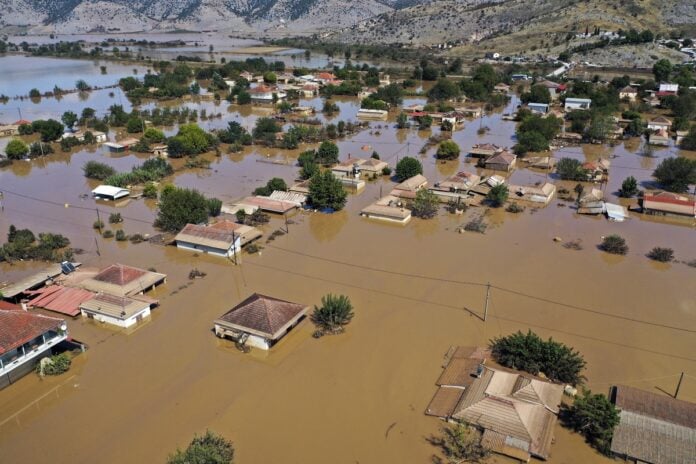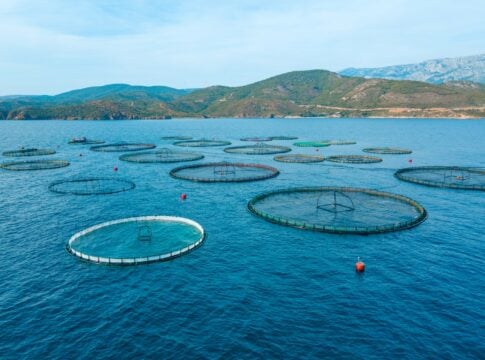The huge disaster that the primary sector of Thessaly suffered after the recent floods is expected to trigger a “storm” of increases in food prices as the market would strive to meet internal demand.
Although there have not yet been recorded significant product shortages, it is estimated that this will be seen in the coming weeks, which will lead to an increase in imports and inevitably to higher prices.
According to the first estimates, price increases of about 15%-30% are expected in basic food products such as milk, cheese, legumes, pasta, meat, fruit and vegetables.
“The number one problem at the moment is the supply,” Aristotelis Panteliadis, head of the Metro group, said in “Naftemporiki” noting that “in order to be able to reach Larissa, we sent a truck from Thessaloniki to Rio Antirio. There is great difficulty in supplying food.”
And the industry is once again facing the risk of shortages of basic raw materials with milk, meat and durum wheat topping the list of needs.
Thessaly is, as “Naftemporiki” has already pointed out, the most important supplier of the country, as according to the estimates of Incofruit Hellas – based on its provisional data from the Ministry of Rural Development and Food – 21% of grain, 24% of maize, is produced there. 21% of legumes (for fruit), 45% of sugar beets, 35% of maize, 17% of clovers, 28% of apples, 53% of pears, 32% of total production of walnuts, 37% of almonds, 28% chestnuts, 21% peanuts and 60% industrial tomatoes.
Moreover, Thessaly produces about 70% of the pork in the market, over a third from lambs and sheep, a third of the meat from young calves, and about 10.5% of the total poultry production. Half of Greek cheese production takes place in the Thessalian plain (47% of soft cheeses, 23% of hard cheeses, 38% of myzithra). Also, 18.5% of milk is produced in Thessaly (20.4% of sheep, 25.4% of buffalo, 15.2% of cow).
According to market estimates, the rate of price increases in fresh fruits and vegetables, legumes and meat will be around 15%-30%, as the price of lentils is expected to reach up to 4 euros / kilo from 3 euros, beans at 5 euros from 4 euros, while lamb at 14 euros per kilo from 12 euros. “For fresh fruits and vegetables, we expect an increase from 0.6 euros to 1 euro in the coming months in several categories,” representatives of the market estimated.
Accordingly, dairy prices are expected to rise again. Given the loss of a huge population of goats and sheep, estimates do not rule out that the price of feta cheese will even reach 20 euros per kg in the coming months.














